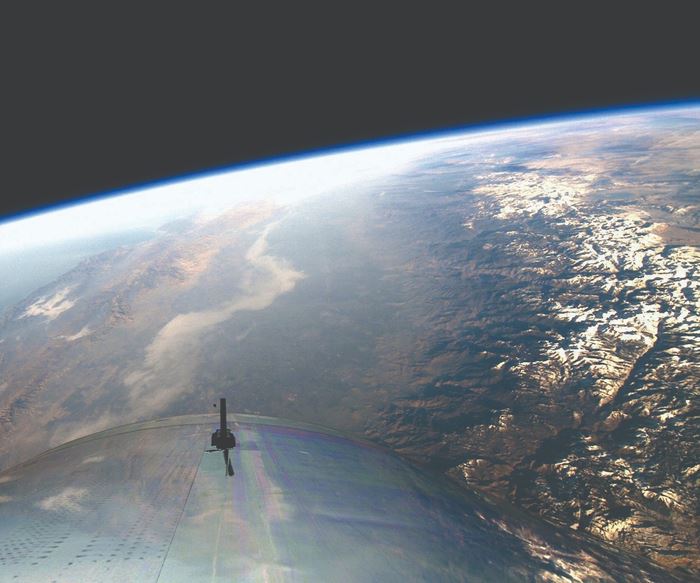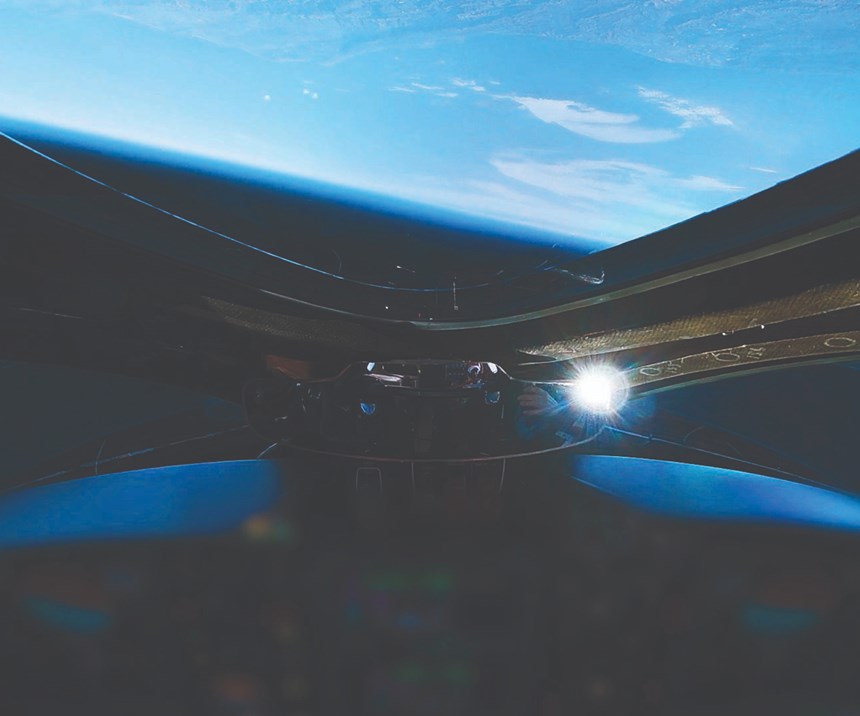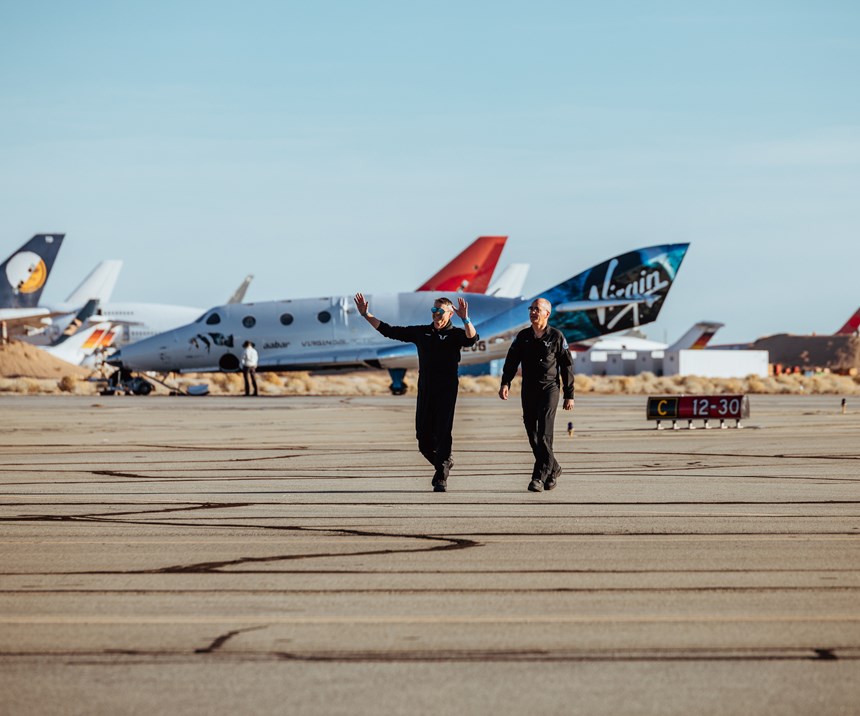Virgin Galactic completes successful spaceflight
The flight marks the first human spaceflight to be launched from American soil since the final Space Shuttle mission in 2011.
Share
Virgin Galactic’s (Las Cruces, NM, US) SpaceShipTwo, VSS Unity, landed in Mojave, CA, US from her maiden spaceflight on Dec 13. The flight marks the first human spaceflight to be launched from American soil since the final Space Shuttle mission in 2011, as well as the first time that a crewed vehicle built for commercial, passenger service, has reached space.
The spaceflight, which was witnessed by a large crowd of staff, families and special guests, saw a 60 second planned rocket motor burn which propelled VSS Unity to almost three times the speed of sound and to an apogee of 51.4 miles. After a Mach 2.5 supersonic re-entry into the atmosphere, which utilized Unity’s unique “feathering” configuration, pilots Mark Stucky and Frederick Sturckow guided the spaceship down to a smooth runway landing and an emotional homecoming welcome.
“Today, we have shown that Virgin Galactic really can open space to change the world for good,” said Virgin Group founder Richard Branson. “We will now push on with the remaining portion of our flight test program, which will see the rocket motor burn for longer and VSS Unity fly still faster and higher towards giving thousands of private astronauts an experience which provides a new, planetary perspective to our relationship with the Earth and the cosmos.”
George Whitesides, CEO of Virgin Galactic and The Spaceship Company (Mojave, CA, US), added, “What we witnessed today is more compelling evidence that commercial space is set to become one of the twenty-first century’s defining industries. Reusable vehicles built and operated by private companies are about to transform our business and personal lives in ways which are as yet hard to imagine. New enterprises are being created which will become hugely valuable, while enabling humanity to better manage some of its greatest future challenges.”
Composites play a large role in Virgin Galactic’s achievement. Both VSS Unity and the carrier craft WhiteKnightTwo boast an all carbon fiber construction. The feather and wing are both carbon fiber composite sandwich structures. According The Spaceship Company president Enrico Palermo, the company is “leveraging the true benefit of composites in these spacecraft, designing and building structures that are efficient and as a result lighter and therefore need less propulsion to soar into space.”
Related Content
-
Plant tour: Albany Engineered Composites, Rochester, N.H., U.S.
Efficient, high-quality, well-controlled composites manufacturing at volume is the mantra for this 3D weaving specialist.
-
Combining multifunctional thermoplastic composites, additive manufacturing for next-gen airframe structures
The DOMMINIO project combines AFP with 3D printed gyroid cores, embedded SHM sensors and smart materials for induction-driven disassembly of parts at end of life.
-
Welding is not bonding
Discussion of the issues in our understanding of thermoplastic composite welded structures and certification of the latest materials and welding technologies for future airframes.



















